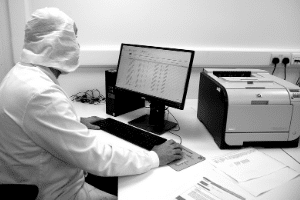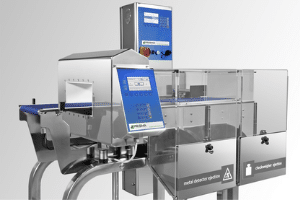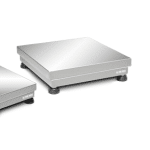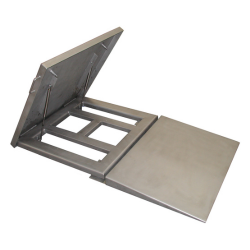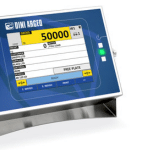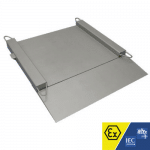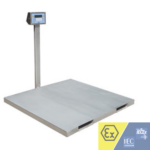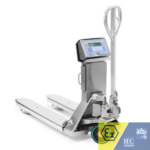Fezolinetant Shows Real-World Gains for Menopausal Symptoms Study
Astellas Pharma has unveiled encouraging preliminary results from OPTION-VMS, its ongoing phase 4 observational study evaluating fezolinetant in women experiencing vasomotor symptoms (VMS) of menopause.
The analysis, drawn from more than 900 women aged 40–75 with confirmed menopausal VMS, points to statistically significant improvements in VMS bother, sleep quality and work productivity as early as week 4 – and sustained at weeks 8 and 12.
The new findings will be presented at The Menopause Society 2025 Annual Meeting in Orlando, Florida, and add real-world weight to the medicine’s pivotal-trial evidence.
According to the Department Chair at the UNC School of Medicine, these early data strengthen the case that fezolinetant is an effective option for women living with disruptive hot flushes and night sweats. Beyond the marked reductions in bothersome VMS by week 4, participants reported meaningful improvements in sleep, day-to-day functioning and productivity at work.
Critically, the sleep gains were captured across subjective and objective measures. Patient-reported outcomes using PROMIS SD SF 8b indicated better perceived sleep quality, while actigraphy endpoints showed statistically significant improvements in sleep efficiency and reduced wakefulness after sleep onset – signals that suggest both how women feel and how they physiologically sleep are moving in the right direction.
The Head of US Medical Affairs, Women’s Health – Fezolinetant at Astellas, framed the results as part of the company’s commitment to broadening the understanding of fezolinetant beyond controlled trials. Hot flushes and night sweats remain among the most common – and most disruptive – features of menopause, and when left untreated can seriously undermine sleep, concentration and daily functioning.
OPTION-VMS, by examining outcomes in a larger, more varied population over routine use, is designed to reflect how benefits translate into everyday life.
Safety findings in the interim readout were consistent with previous data. The incidence of treatment-emergent adverse events was low, and no new safety signals were observed – an important consideration for therapies intended to restore quality of life over months and years rather than days and weeks.
While the study is observational and analyses remain preliminary, the pattern is notable: improvements in VMS bother at weeks 4, 8 and 12, coupled with gains in sleep and work productivity, suggest a broadening impact that touches the symptom itself and the consequences that ripple through a woman’s day.
For clinicians, those converging outcomes – patient-reported and device-recorded – offer a practical argument for considering fezolinetant in appropriate candidates. For women navigating menopause, they hint at a treatment that may ease the night-time disruptions that so often drive daytime fatigue and lost focus.
Full results from OPTION-VMS will follow completion of the final analysis. For now, the message is clear: in real-world use across a large cohort, fezolinetant is delivering statistically significant, multi-domain improvements, with a safety profile aligned to expectations.
Conclusion
Taken together, these preliminary data show fezolinetant doing what matters most for women with menopausal VMS: reducing the burden of hot flushes and night sweats, helping restore healthier sleep, and improving the ability to function and perform at work.
With low rates of adverse events and no new safety signals, the OPTION-VMS study adds meaningful momentum behind a therapy designed to turn down the heat on one of menopause’s most disruptive challenges.
The final analysis will be watched closely, but the early trajectory is promising.
News Credits: Fezolinetant shows real-world promise for menopause symptoms
Things you may also like:
- Adocia and Tonghua Dongbao Report Positive Results for Ultra-Rapid Insulin
- Stockley’s Upsizes as Nostalgia Sweetens UK Confectionery Sales
- Orexa’s ORE-001 Shows Promising Phase 2 Signals

